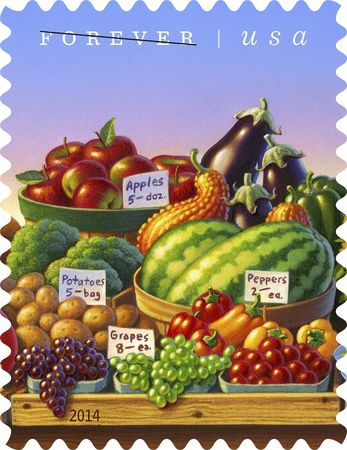Like many other area farmers, the Bredeson family in Harvey Township, between Grove City and Litchfield, buys corn and soybeans seeds treated with pesticides. Pesticides are designed to improve crop yields, but they have side effects, and the family has been learning more about these effects from an expert — Mark and Julie Bredeson’s own son, Michael. “He’s kind of on the cutting edge of finding that these pesticides that farmers have been using for many years have become a detrimental thing to not only agriculture but mother nature,” Julie said about Michael’s work. Michael, a 2008 Litchfield High School graduate, is pursuing his Ph.D. at South Dakota State University, where he studies the effects of pesticides on organisms, particularly linked to sunflowers, a common cash crop in South Dakota. In commentary in the Independent Review (see below), Michael writes about pesticides’ effects and the long-term implications for birds, reptiles, mammals, fish and plants. Julie and Michael said they’ve both noticed a reduction in wildlife at and near the family’s Meeker County farm over the years. As he grew older, Michael noticed a decline in good fishing holes, which he attributes to runoff from crop fields. “My life revolved around fishing on all the little lakes. A few of my great fishing spots died off, and that kind of irritated me, of course,” he said. Julie said she’s also witnessed a decline in wildlife since she was a child. “The landscape as far as our wildlife, butterflies and bees, has dramatically changed,” she said. “It’s something we need to think about.”
Source: Litchfield Independent Review, Jan 21, 2016
http://www.crowrivermedia.com/independentreview/news/local/questioning-…

- Login om te reageren

Michael Bredeson on implications of current insect management
Insecticides can be an important tool for producers to use in times of emergency to prevent a pest from economically damaging crops. The multi-billion dollar industry of creating novel chemicals for this purpose has scientists working around the clock, looking for novel formulations to be marketed in the future of pest management.
Insecticidal seed treatments, genetic modifications, and foliar sprays are all products frequently used by farmers for the control of plant-feeding insects. One commonality across each of these products is that they are extremely effective at what they are designed to do. That is, they kill insects well.
To understand the broad implications of current insect management practices let’s focus for a moment on one insecticide application method in one crop, foliar sprays in oilseed sunflowers. Sunflowers are an “entomophilous” (insect loving) crop, offering a multitude of resources to a diverse assortment of insects.
This diversity and abundance of critters visiting a sunflower includes a number of pests that are often the targets of insecticidal sprays. In a recent study that my lab mates and I conducted within South Dakota sunflower fields, we observed foliar insect densities to be over 290,000 individuals per acre, not including any surface dwelling, or below ground organisms. If a producer decides to use an insecticide spray on a 100-acre sunflower field, this will end more than 29 million many-legged lives.
What are the implications of suddenly losing billions of insects across an entire farm landscape? The most obvious change in a sprayed habitat is fewer insects consuming plant tissue, weed seeds, fungus, decaying plant matter, and other insects. We should also not overlook the fact that these creepy-crawlies are an important food source for higher organisms.
Birds, reptiles, mammals, fish, and even certain plants, utilize insects as a portion of their diets. For example, Chinese ring-necked pheasant chicks obtain the bulk of their nutrients by consuming protein-rich insects. When a source of food for countless organisms, and an important environmental regulator is disrupted by human decisions, such as spraying for insects, the structure of the entire plant and animal community is brought out of stability. An unstable habitat with low diversity is often prone to pest outbreaks controlled only through the use of further inputs. This phenomenon is known as the “pesticide treadmill.”
Insecticides are not the enemy, and using them in proper circumstances can prevent farmers from sustaining an economic hardship. The decision to use an insecticide is not something that we as producers should take lightly. It is a decision that concerns the quality of natural resources, as well as the lives of billions of living, breathing organisms whose deaths affect us.
Before making the decision to use a product designed to kill for control of insects, we owe it to ourselves and the other organisms who share our planet to pursue education on economic thresholds and alternative integrated pest management strategies. As stewards of the land, let’s invest our time and energy in strategizing how to create opportunity for life to flourish, rather than to stifle it.
Michael Bredeson is a 2008 Litchfield High School graduate and doctoral student in the Natural Resources Management Department at South Dakota State University. He’s also and an agroecologist at the nonprofit agriculture research company, Ecdysis, (http://www.ecdysis.bio/) near Brookings, South Dakota.
Source: Litchfield Independent Review, Jan 21, 2016
http://www.crowrivermedia.com/independentreview/news/opinion/guest_colu…